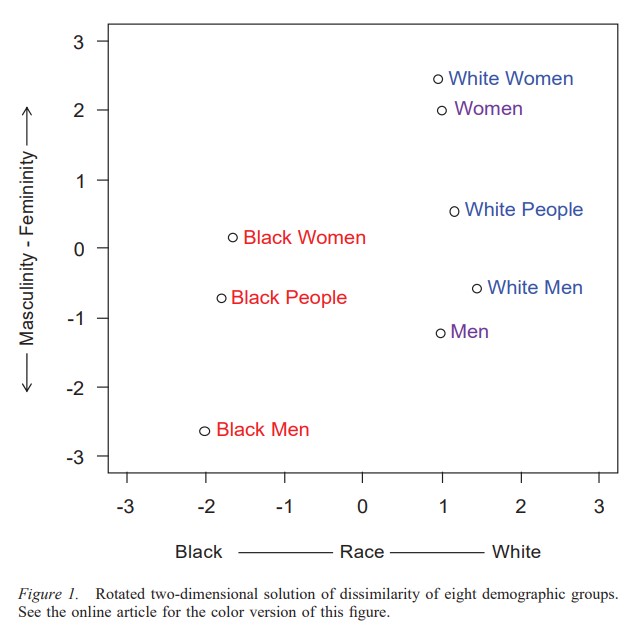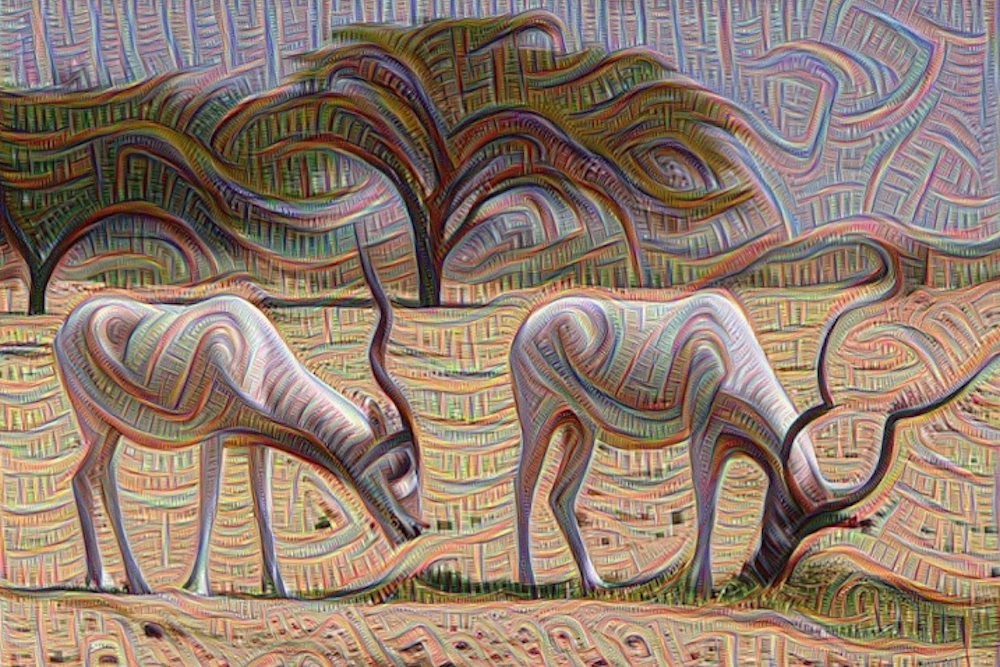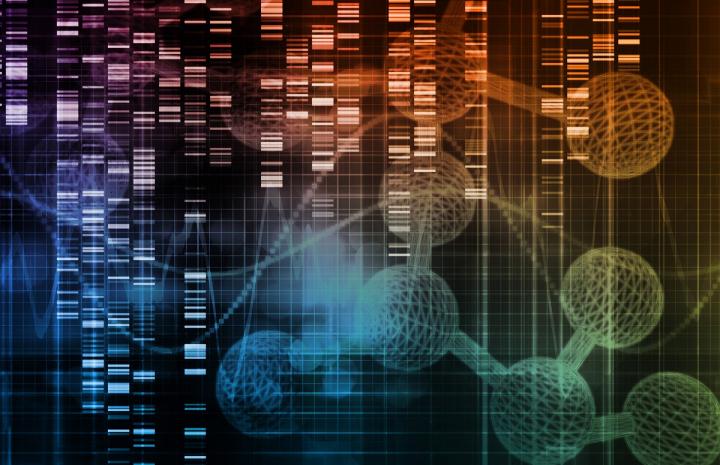Bad things come in threes, it is said, and nothing shows that more than The Carnian Age; the first stage of three in the mass extinction era of the Late Triassic Epoch 228 to 217 million years ago.
It had three features; dramatic climate change with much higher humidity, the first dinosaurs appeared, and gigantic volcanic eruptions called the Wrangellia large igneous province spewed out greenhouse gases.
For dinosaurs, climate change was a good thing because plant life grew, thanks to the humid conditions and higher carbon dioxide. That event, now called the Carnian Pluvial Episode, may have been caused by the Wrangellia volcanic eruptions. The confluence of events seems to have spurred the early diversification of dinosaurs.
Social justice warriors in the feminist movement often fail to advocate for the rights of black women,
according to new research, and it's for a reason that highlights hidden bias problems in modern performative activism - social justice for the Instagram photo - movement. Social justice warriors see black women as less like white women and more like black men.
A theorized particle process, called neutrinoless double-beta decay, could revise our understanding of ghostly particles called neutrinos, and of their role in the formation of the universe. But there is no evidence it actually exists.
The CUPID-Mo experiment is among a field of experiments trying to see if it does and preliminary results based on data collected from March 2019 to April 2020 set a new limit for the neutrinoless double-beta decay process in an isotope of molybdenum known as Mo-100. But not a single event was detected in CUPID-Mo after one year of data-taking.
Isotopes are forms of an element that carry a different number of uncharged particles called neutrons in their atomic nuclei.
One symptom of post-traumatic stress disorder (PTSD) is intrusive visual reminders of a traumatic event. New research in Current Biology finds that the brain uses similar visual areas for mental imagery and vision, but it uses low-level visual areas less precisely with mental imagery than with vision.
If we could start 2020 all over again, the world would be satisfied if the big worry was wildfires and whether or not cat litter had a Non-GMO Project label.
Instead, we got a coronavirus from Wuhan, China, and a COVID-19 disease that isn't stopping any time soon. But science marches on, and we also have machine learning helping to grow artificial organs.
One of the glaring errors in the controversial United Nations IPCC report critical of agriculture was that it used the Greenhouse Gas Protocol yet ignored the carbon sequestration of crops. A politically neutral examination of the science shows that
agriculture is nowhere near as big a problem in emissions as activists have claimed.
 What Next For Messenger RNA (mRNA)? Maybe Inhalable Vaccines
What Next For Messenger RNA (mRNA)? Maybe Inhalable Vaccines Toward A Single Dose Smallpox And Mpox Vaccine With No Side Effects
Toward A Single Dose Smallpox And Mpox Vaccine With No Side Effects ChatGPT Is Cheaper In Medicine And Does Better Diagnoses Even Than Doctors Using ChatGPT
ChatGPT Is Cheaper In Medicine And Does Better Diagnoses Even Than Doctors Using ChatGPT Even After Getting Cancer, Quitting Cigarettes Leads To Greater Longevity
Even After Getting Cancer, Quitting Cigarettes Leads To Greater Longevity








